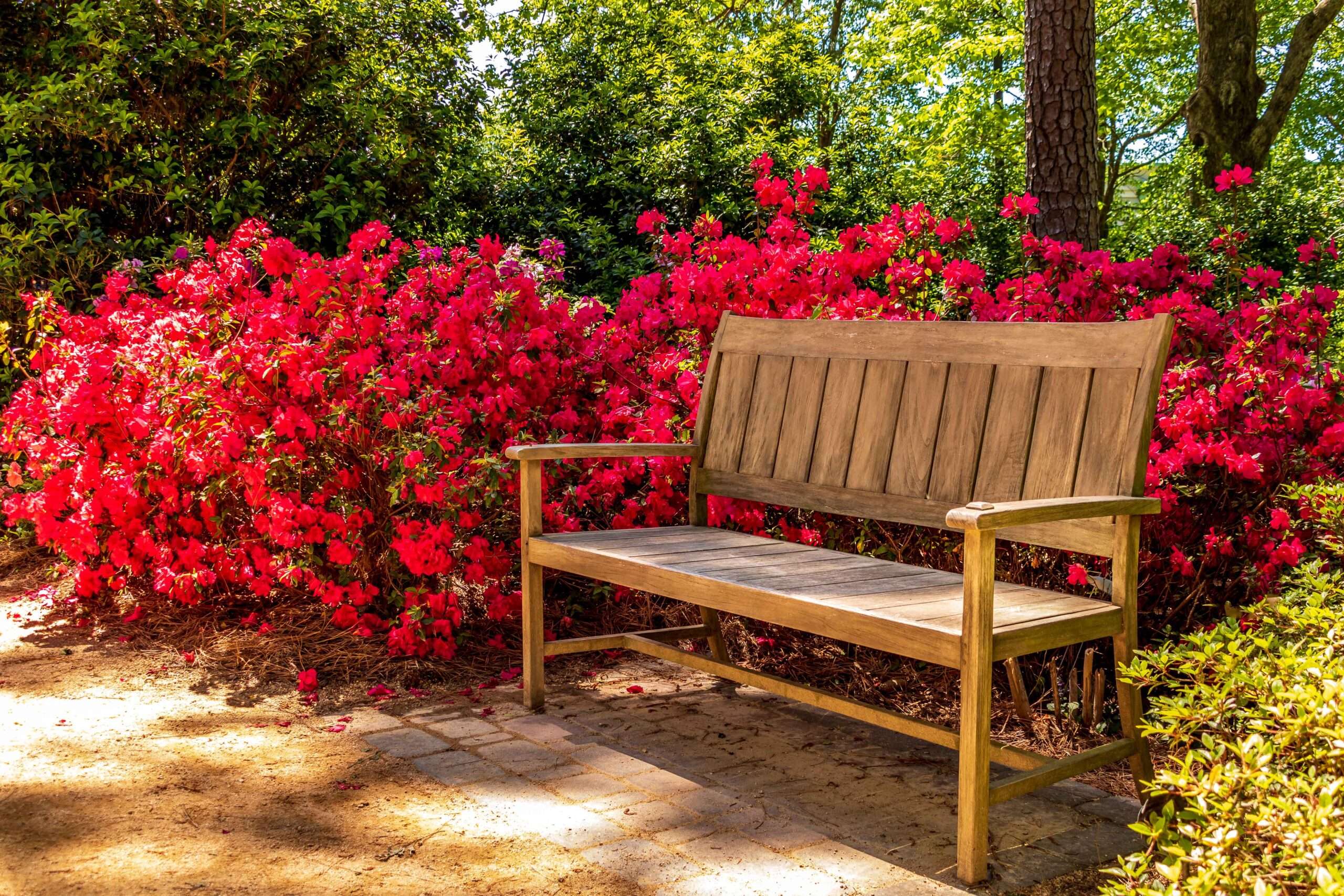
Learn to grow azaleas from the pros! Azaleas, which can be beautiful, come in a variety of colors, sizes and shapes, making them popular for many locations. However, azaleas can be difficult to grow – especially in areas where the summers are too hot and the winters too cold (like in Tennessee and Texas!).
Azaleas have a few basic needs that must be met if you want them to thrive. They require attention to detail. But it can be done, and we are here to help you navigate the waters (and soils!).
Location, location, location!
Space azaleas depending on their kind. Most varieties require dappled shade; avoid deep shade or full sun. The ideal planting location for most azaleas would be under a tall canopy, with bright morning sun and afternoon shade, but they will survive and even thrive in less than perfect placement.
Soil matters.
Oftentimes, gardeners who get the location right, may get the soil composition wrong. Azaleas like acidic soil. The shallow roots of azaleas grow best in a well-aerated, nutrient-rich mixture. To insure you are using the best possible soil, buy one specifically formulated or recommended for azaleas from a trusted source.
Living Earth’s Acidic Plant Mix (Texas only) has an initial pH of 5.5-6.5 and is ideal for azaleas. Also popular for growing azaleas, Magic Mix (Tennessee) is a special blend that includes leaf-based compost rich in nitrogen.
Raise the beds.
Azaleas do not like “wet feet” so raised beds (15”) and proper drainage are critical. If you use the above application, your bed should be raised just high enough for better drainage.
How to stratify.
For best results, add six inches of acidic soil to your garden and work it into the existing soil. Then, add another six inches of acidic soil and work it in… followed by another six inches. This technique stratifies the soil so that the planting soil blends nicely into the surrounding soil for better long term root transition.
Fertilize with recommended azalea feed soon after planting. Do not fertilize after August.
Prepare azaleas for freezing weather.
Before freezing temperatures occur, ensure the soil around your plants has plenty of residual moisture. If rainfall has been scarce during the fall, deeply water landscape plants every week or 10 days until the first hard freeze.

Mulching helps.
Mulch can be applied any time, although it’s best to add about 4 inches of mulch in fall to protect the roots from first frost. A quality, eco-friendly mulch such as Living Earth’s Pine Bark Mulch will keep azalea’s shallow roots safe from the outside environment while retaining moisture as the temperatures drop. And, as it decomposes, it adds rich organic matter into the soil.
Taken good care of your azaleas and they won’t disappoint you once they start blooming next spring! If you need advice on growing azaleas or other acidic soil loving plants, contact Living Earth® today!